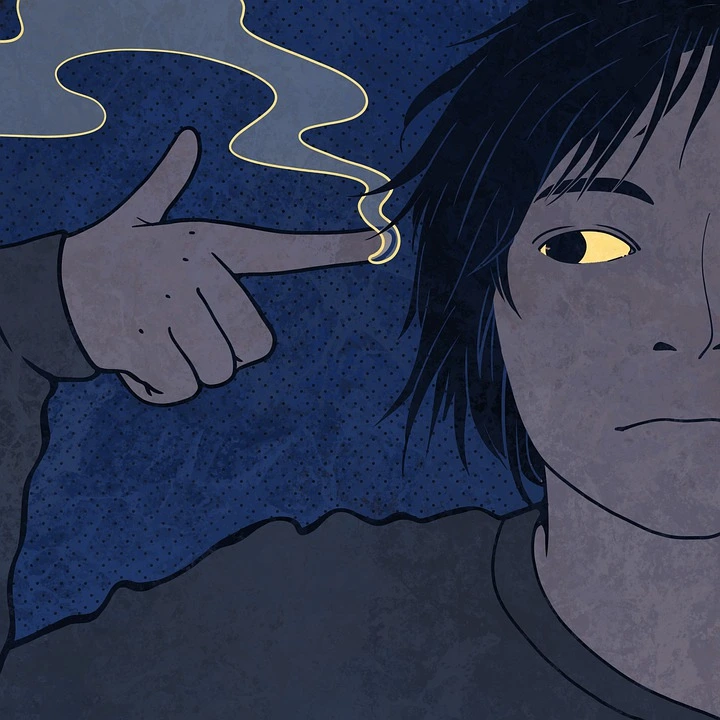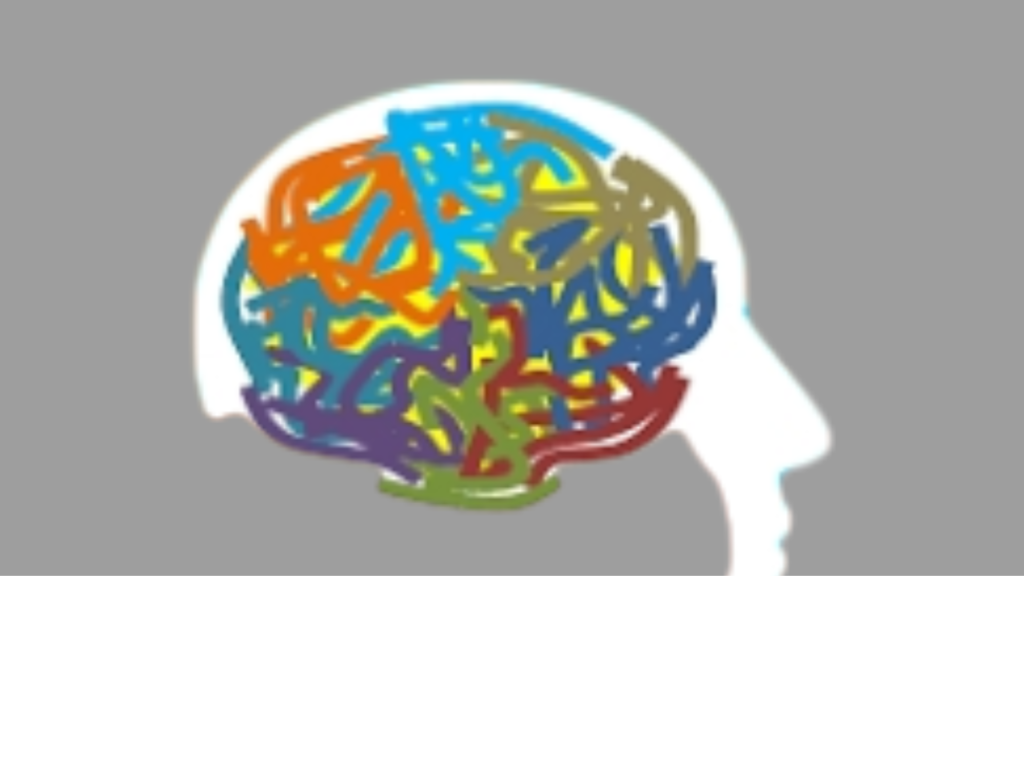Every suicide is tragic and, in part, unexplained.
Suicide frequently results from a profound sense of hopelessness. People who are unable to deal with difficult situations or find answers to difficulties may believe that ending their own life is the only way out of what is ultimately a temporary condition. However, the majority of people who survive suicide attempts go on to have fulfilling lives.
One of the main risk factors for suicide is depression; other risk factors include substance abuse, mental health issues, chronic pain, a family history of suicide, and a previous attempt at suicide. Impulsivity is frequently a contributing factor in suicides among teenagers. (For additional information on risk factors, see Social, Economic, and Genetic Influences or Mental Health.
What is suicidal ideation?
When someone has suicidal thoughts, they consider taking their own life. Nonetheless, the medical profession cannot agree upon a definition for the phrase “suicidal ideation.”

Some individual’s Suicidal ideation, according to a reliable source, entails actively planning suicide, although suicidal thoughts do not always mean that a person intends to take their own life.
Some, on the other hand, classify planning as a distinct phenomenon and think that suicidal ideation and ideas are interchangeable.
Suicidal thoughts are not unusual. 12.2 million Americans (Trusted Source) said they were seriously considering suicide in 2020. Ten percent or so of them made suicide attempts. Suicide is preventable, nevertheless, with help and medical attention.
Suicidal ideation is covered in this article along with its signs, causes, prevention, diagnosis, and treatments. It also indicates how to get assistance.
Symptoms of suicide
A person’s voice, emotions, and behavior may alter if they are contemplating or plotting suicide. They might discuss: Trusted Source
- their sense of shame or
- sorrow about burdening other
- or dying
The individual might experience:
- excruciating mental suffering
- incredibly depressed and nervous,
- furious or irritated,
- trapped, empty,
- and/or hopeful,
- or feeling as though there is no purpose to live;
- significant mood swings
They might also start acting differently. When considering suicide, a person could:
- distance yourself from loved ones
- consume more alcohol or drugs;
- sleep or eat more or less;
- or take unwarranted risks
- Look up ways to pass away and accumulate medicine
- develop a plan for their suicide,
- buy a gun, write a will,
- Give away valuables or cash, and say farewell.
Causes of Suicidal ideation

Suicidal ideation frequently results from a confluence of various life experiences, emotions, and thoughts rather than from a single reason.
Among the risk factors are Reliable Source:
- sadness or other mental health issues
- a history of attempted suicide;
- a family history of substance abuse,
- mental illness,
- or suicide
- long-term discomfort,
- recent release from jail,
- and exposure to domestic abuse,
- including physical or sexual abuse
- exposure, either direct or indirect, to the suicidal acts of others
- firearms being kept within the house
- anxiety
Prevention of suicide
Family members or acquaintances may occasionally catch indications that someone is contemplating suicide. The American Foundation for Suicide Prevention offers the following advice in such cases:

Having a calm, caring conversation with them in private; listening carefully to what they have to say; telling them that their life matters; keeping dangerous items out of their reach, like guns and drugs; calling for help and remaining with them until assistance arrives; and following up with them after the crisis has passed.
Treatment for suicidal thoughts
The underlying cause(s) of suicidal thoughts and behaviors must be addressed as part of treatment.
Planning for safety
One short-term Trusted Source intervention that lowers the risk that someone would attempt suicide is safety planning. This strategy eliminates guns, narcotics, and toxic materials from the house, limiting a person’s access to deadly ways of suicide.
Making a safety plan also gives people access to contacts and other resources they can utilize in an emergency.
Psychotherapy
Psychotherapy, also referred to as talk therapy, assists individuals in comprehending how their experiences, feelings, and ideas affect their mental well-being. People can then use it to process their feelings and figure out how to go on.
Psychotherapy comes in various forms. Dialectical behavior therapy (DBT) and cognitive behavioral therapy (CBT) are two well-liked choices.
CBT helps individuals recognize harmful thoughts that impact their mood and gradually replace them with more realistic, balanced ideas. DBT assists people in identifying negative thoughts and acquiring abilities that improve coping mechanisms in uncomfortable circumstances.
For those who have suffered trauma or have other mental health issues that call for extra care, such addiction or eating disorders, there are also some specific forms of CBT.
Medications

Anxiety, depression, or a drug use disease are common mental health conditions among those who consider suicide. Drugs may be used to treat certain illnesses’ symptoms and control an individual’s mood.
Depending on the condition and the patient, a doctor may recommend one of several drugs.
But it’s also important to remember that suicide thoughts are a possible adverse effect of several of these medications, especially in persons under the age of 25Trusted Source. A person should talk to their doctor about any drugs they now take to find out if adding new ones or adjusting the dosage will likely help.
Continuous assistance
If people have continuous support, they are less likely to commit suicide Trusted Source. This can include regular follow-up calls from medical specialists and simple access to efficient mental health care in the event that the patient needs it again.
A person’s neighborhood, friends, and also family all contribute significantly to their ability to maintain social connections.
It can assist Trusted Source individuals in concentrating on the things that provide their lives significance and direction, like:
- caring for a pet, since animals offer unconditional love;
- having faith, since also many religions uphold the sanctity of life;
anticipating events, like weddings, graduations, or vacations; and having long-term plans



